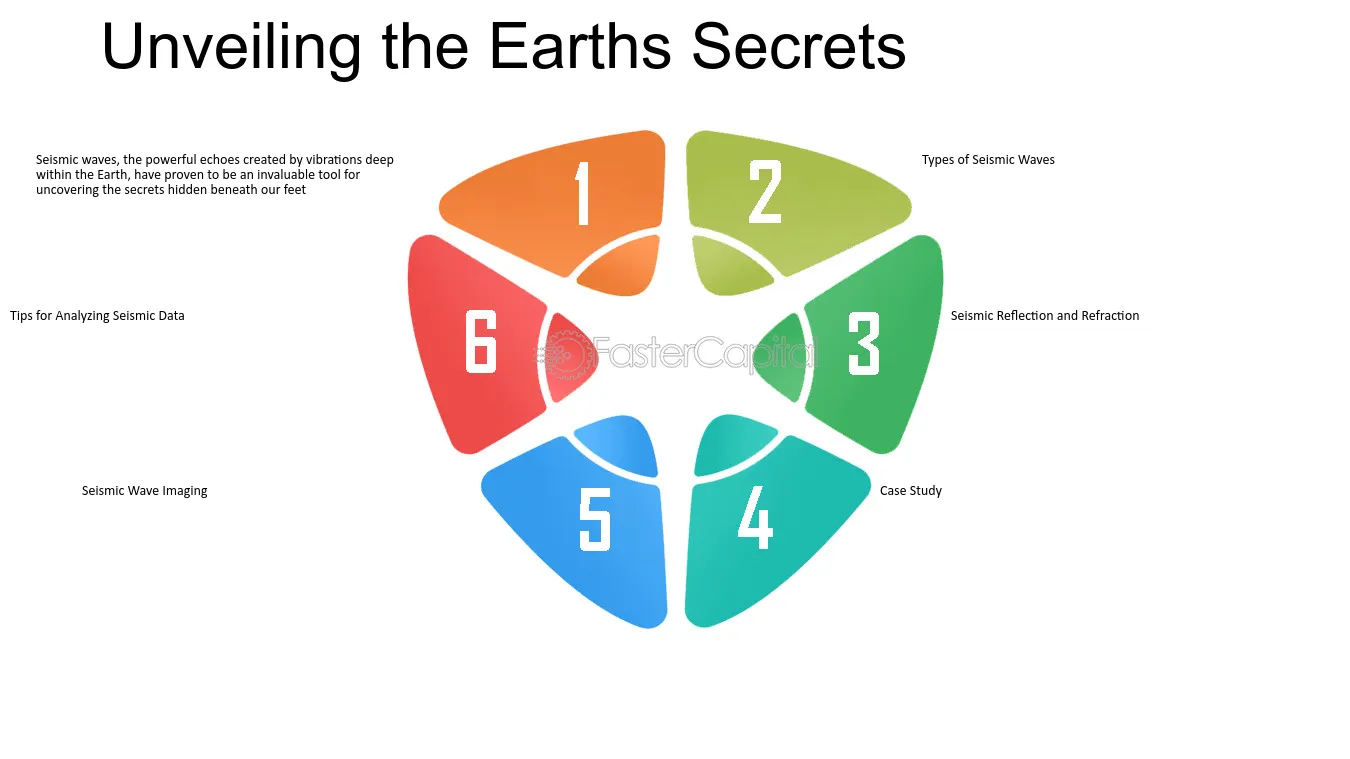A geological survey is a systematic investigation of the Earth’s materials, processes, and structures, aimed at understanding the geological features of a specific area. These surveys provide critical data that inform resource management, environmental protection, and urban planning. This article explores the significance of geological surveys, their methodologies, applications, and the impact they have on sustainable development.
Importance of Geological Surveys
Geological surveys serve multiple purposes, including:
- Resource Exploration: They identify and assess natural resources such as minerals, oil, gas, and groundwater. This information is crucial for industries that rely on these resources.
- Environmental Protection: Understanding the geological characteristics of an area helps assess natural hazards like earthquakes, landslides, and flooding. This knowledge is vital for disaster preparedness and mitigation.
- Land Use Planning: Data from geological surveys guide urban development, infrastructure projects, and land management, ensuring that construction is safe and sustainable.
- Climate Change Studies: Geological surveys contribute to understanding how geological processes influence climate and how changes in the environment can affect geological stability.
- Education and Research: They provide a wealth of information for educational institutions and researchers, contributing to the advancement of geological sciences.
Methodologies Used in Geological Surveys
Geological surveys utilize a combination of fieldwork, laboratory analysis, and remote sensing technologies. Key methodologies include:
- Field Mapping: Geologists conduct field surveys to map rock formations, soil types, and other geological features. This hands-on approach provides direct observations of geological structures.
- Sampling: Collecting soil, rock, and water samples is essential for laboratory analysis. These samples help determine the composition and properties of geological materials.
- Geophysical Methods: Techniques such as seismic surveys, magnetic surveys, and electrical resistivity measurements allow geologists to investigate subsurface structures without extensive drilling.
- Remote Sensing: Satellite imagery and aerial photography are used to analyze large areas quickly. This method helps identify geological features, land use changes, and environmental impacts from a distance.
- Geochemical Analysis: Laboratory tests on samples provide insights into the chemical composition of rocks and soils, helping identify mineral resources and assess environmental contamination.
Applications of Geological Surveys
The data collected from geological surveys have a wide range of applications across various sectors:
- Mining and Resource Extraction: Geological surveys inform mining companies about the location and quality of mineral deposits, guiding exploration and extraction efforts.
- Civil Engineering: Engineers rely on geological data to design safe and stable structures. Understanding soil and rock properties is crucial for foundation design, road construction, and tunneling.
- Water Resource Management: Surveys help identify aquifers and assess groundwater quality, essential for sustainable water supply management.
- Environmental Assessment: Geological surveys play a critical role in assessing sites for contamination and understanding the geological factors that affect pollution spread.
- Urban Planning: City planners use geological data to make informed decisions about land use, zoning, and infrastructure development, reducing risks associated with geological hazards.
Challenges and Innovations in Geological Surveys
Despite their importance, geological surveys face several challenges:
- Funding and Resources: Many geological surveys are conducted by governmental or academic institutions, which often face budget constraints.
- Data Integration: Combining data from various sources and disciplines can be complex, but it is essential for comprehensive assessments.
- Technological Advances: Keeping pace with advancements in technology requires continuous training and investment in new tools.
Innovations are emerging to address these challenges, including:
- AI and Machine Learning: These technologies are increasingly used to analyze geological data, improving accuracy and efficiency in identifying patterns and predicting geological behavior.
- Citizen Science: Engaging local communities in data collection can enhance survey efforts and raise public awareness about geological issues.
- Collaborative Platforms: Online platforms for data sharing and collaboration among researchers, governments, and industries foster a more integrated approach to geological surveying.
Conclusion
Geological surveys are vital for understanding the Earth’s resources and processes, playing a crucial role in sustainable development. By providing valuable data for resource management, environmental protection, and urban planning, geological surveys contribute to informed decision-making and risk mitigation. As the challenges facing our planet grow, the importance of geological surveys will only increase, driving innovations that promote a sustainable future. Through continued investment in research and technology, we can unlock the Earth’s secrets while safeguarding its resources for generations to come.
